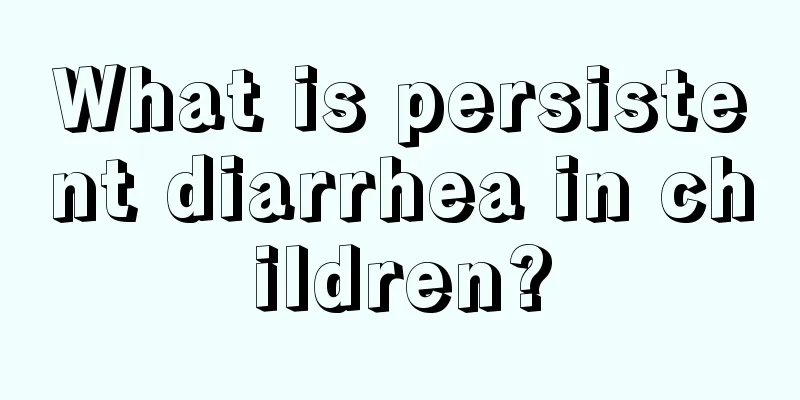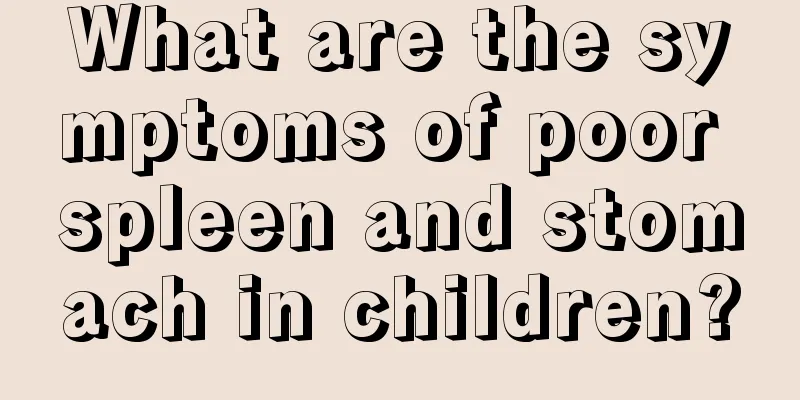The cause of polio is actually like this

|
Polio is one of the diseases with a relatively high incidence rate in daily life. It is extremely harmful to human health. Therefore, it is particularly important to understand the causes of polio and prevent it. In fact, the main cause of polio in life is due to myelitis virus. Causes of polio Main cause: caused by polio virus Poliomyelitis 1. Susceptible population The disease is most common in children aged 1 to 5 years old, and infants under 4 months old rarely get sick. In recent years, children have generally taken vaccines. After the body is infected with polio virus, specific IgM appears first in the serum, and IgG and IgA appear 2 weeks later. Protective neutralizing antibodies can last a lifetime. After the illness, patients have long-lasting immunity to the same type of virus, and a secondary attack is rare. 2. Source of infection Humans are the only source of infection for poliomyelitis. Patients can excrete polio from their nasopharyngeal secretions since the end of the incubation period. The fecal excretion period is from 10 days before the onset of the disease to 4 weeks after the onset of the disease, and in some cases up to 4 months. Asymptomatic virus carriers are the most important source of infection. 3. Transmission routes It is mainly transmitted through the fecal-oral route, and daily life contact is the main mode of transmission. Contaminated hands, food, supplies, clothing, and toys can all transmit the disease. In rare cases, it can be transmitted through airborne droplets. 4. Popular characteristics Found throughout the world, mostly in temperate zones. The epidemic is sporadic, with the highest incidence in summer and autumn. There is no significant difference in incidence between tropical and subtropical regions among the seasons. In the past, type I virus was the main prevalent type, with type III being the least prevalent. After large-scale vaccination, type I virus decreased, while types II and III increased relatively. 5. Pathogen knowledge Poliovirus belongs to the Picornaviridae family and the Enterovirus genus. It is present in large quantities in the patient's spinal cord and brain, and can also be found in the nasopharynx, intestinal mucosa and lymph nodes. According to its antigenicity, it can be divided into three serotypes: I, II and III, and there is occasionally cross-immunity between types. The virus can be cultured in human embryonic kidney, human embryonic tumor, monkey kidney and Hela cells. It is cold-resistant and can preserve its vitality for up to 8 years at low temperatures (-70℃), survive for several months in water, feces and milk, and can be stored for several weeks in a 4℃ refrigerator. However, it is very sensitive to drying, so it is not suitable for preservation by freeze-drying. For heat resistance. It can be inactivated at 60℃ for 30 minutes, and can be quickly killed by boiling and ultraviolet radiation. It can withstand chemical disinfectants of normal concentrations, such as 70% alcohol and 5% tartaric acid soap solution. However, it is sensitive to potassium permanganate, hydrogen peroxide, bleaching powder, etc., which can be quickly inactivated. 6. Pathogenesis After entering the body through the mouth, the virus initially proliferates in the oropharynx, digestive tract, and mainly in the ileal lymphoid tissue, including tonsils, ileal lymph nodes, deep cervical lymph nodes, and mesenteric lymph nodes, and multiplies there. If the human body produces specific antibodies at this time and the local infection is controlled, a latent infection is formed; a small amount of virus enters the bloodstream and is carried to the reticuloendothelial system in other parts of the body, where it multiplies widely. Following viremia, the virus invades the central nervous system. Sometimes the virus can also reach the central nervous system through the endings of peripheral nerve fibers. During the incubation period the virus is present in the pharynx and feces. After the onset of the disease, the virus continues to be present in the throat for 1 to 2 weeks, and the virus continues to be excreted in the stool for 3 to 6 weeks, or even longer. Viremia lasts for several days and disappears at the onset of illness, when specific antibodies begin to appear. The only sites where the virus can cause significant pathology are the spinal cord and brain, primarily affecting the anterior horn motor neurons and spinal cord. Other parts of the brain, including the cerebellum and motor cortical areas, are affected to a lesser extent. The lesions may involve the cerebrum, midbrain, medulla oblongata, cerebellum and brainstem. The reticular formation, vestibular nuclei, cerebellar vermis and cerebellar nuclei may also be damaged. The lesions in the motor area of the cerebral cortex are mild. Sympathetic ganglia and peripheral ganglia are occasionally affected. The virus's damage to neurons causes a strong inflammatory response, ultimately leading to neurophagocytosis. The location and severity of paralysis depend on the distribution of affected neurons. Predisposing factors to severe neurologic impairment include advancing age, recent tonsillectomy, vaccinations, most commonly with DTP, pregnancy, and excessive weakness during an attack on the central nervous system. Other lesions may include focal myocarditis, interstitial pneumonia, congestion and turbid swelling of the liver and other organs, and hyperplasia and swelling of lymph nodes. |
<<: The hazards of mycoplasma infection in children are actually these 4
>>: There are two treatments for mycoplasma infection in children
Recommend
Treatment options for progeria in children
Some of you may have heard of a disease called pr...
What happens when a child has a fever and convulsions?
Once family members see signs of a child having a...
What to do if a child has a persistent fever
Fever is generally a common disease in children. ...
What anti-inflammatory medicine should children take for toothache?
Sweets are the favorite of many children. Since m...
Baby cough and phlegm massage technique
Due to the weather, the climate is relatively dry...
What causes dizziness and vomiting in children?
Many young mothers are particularly worried when ...
What are the methods of making baby steamed buns?
Many mothers like to make some delicious food for...
What should children eat if they have chest tightness and shortness of breath?
The incidence of diseases among people in modern ...
What to do if your baby has a fever in spring
Spring is a season that we all like very much. Sp...
Nine-month-old baby development standard
After ten months of pregnancy, the time for deliv...
What should I do if my two-year-old child stutters?
Stuttering is the most common language disorder i...
How many types of jaundice are there
Jaundice is not a specific disease, it is a sympt...
What should I do if my baby has a fever due to gastroenteritis?
Gastrointestinal inflammation has a great impact ...
Treatment of asthma in children.
Many parents will find that their babies will hav...
What to do if your baby has conjunctivitis
It is said that eyes are the windows to the soul....









